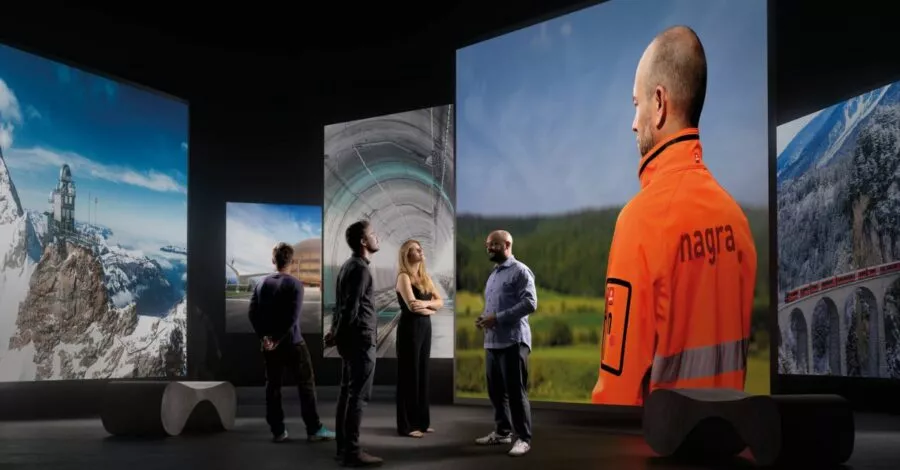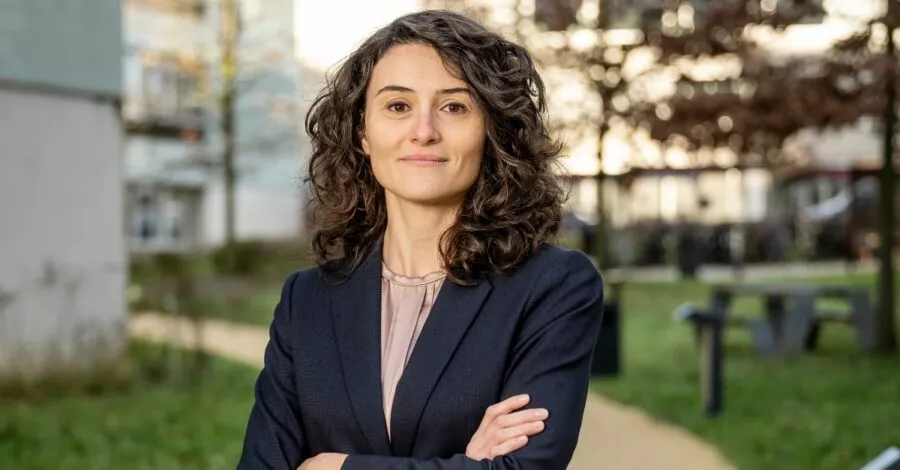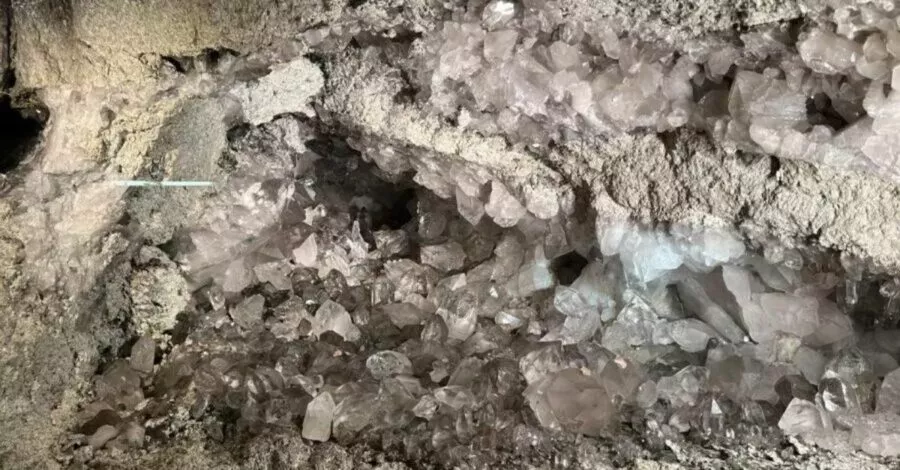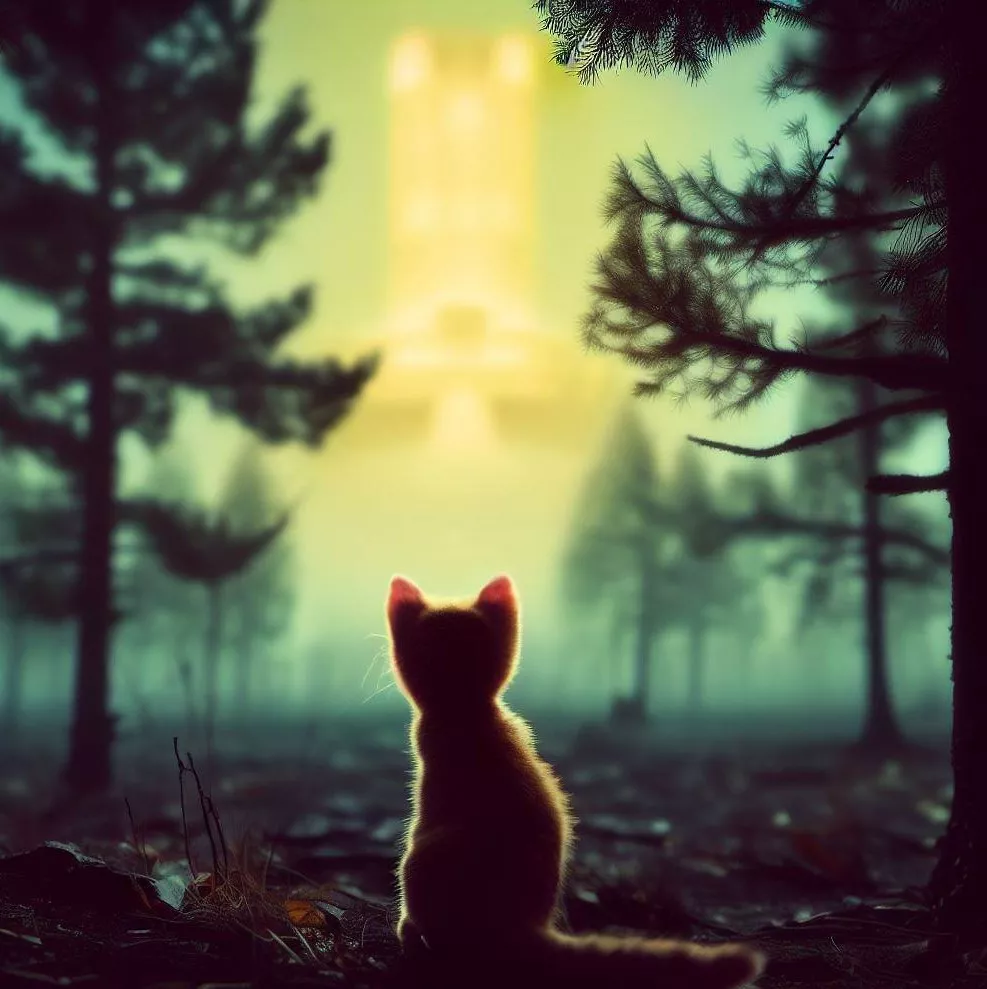
“We must remember the site in order to be able to forget about it.” The words of Danish filmmaker Michael Madsen (“Into Eternity”) perfectly summarise the challenges involved in documenting and marking a deep geological repository.
One day, our descendants will be faced with the decision of whether or not to close the repository. As time passes, the threat posed by the deep geological disposal of radioactive waste will become more abstract. However, the existence of this burial site for radioactive waste and the corresponding knowledge about it must not be completely erased. How can we accomplish this?
Keeping the facts straight
To make it clear from the outset: there is no single solution for how we transfer our knowledge into the distant future. “We need an entire toolbox filled with a wide range of measures”, says Barbara Habermacher. She is Nagra’s delegate to the international Expert Group on Awareness Preservation (EGAP). “Over such long periods of time, you can never be sure whether a method is going to work. This is why we need several different approaches.” All these approaches are combined to form a strategy. This is constantly updated, as our ability to make reliable statements about society and technology in the distant future is limited.
“Awareness preservation” means maintaining knowledge about the repository site for as long as possible. We are looking at the long-term horizon. However, knowledge and information must not only be transferred directly into the distant future, but also have to be passed on continuously from one generation to the next. This is called knowledge transfer.
Admittedly, such detailed documentation and archiving sounds dull compared to the appeal of more artistic confrontations with a dystopian future – just think of “ray cats”. But this is the reality we face, one that involves hazardous waste. Safety must have the highest priority. Ultimately, science is more important than fiction.
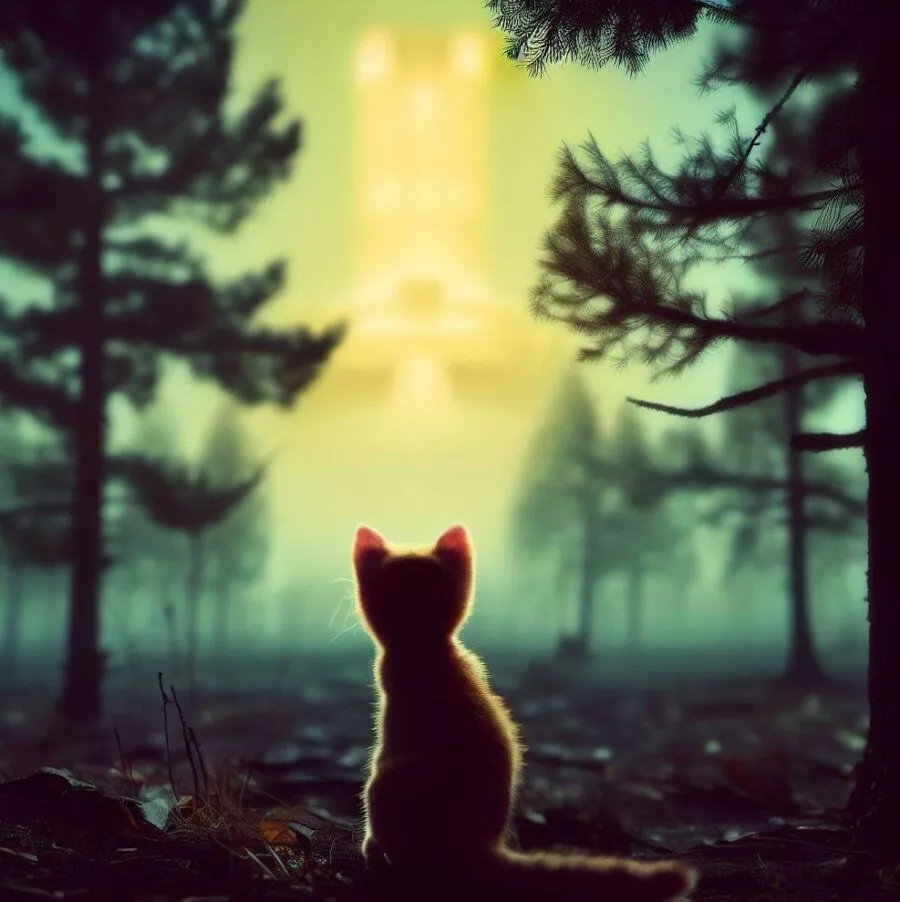
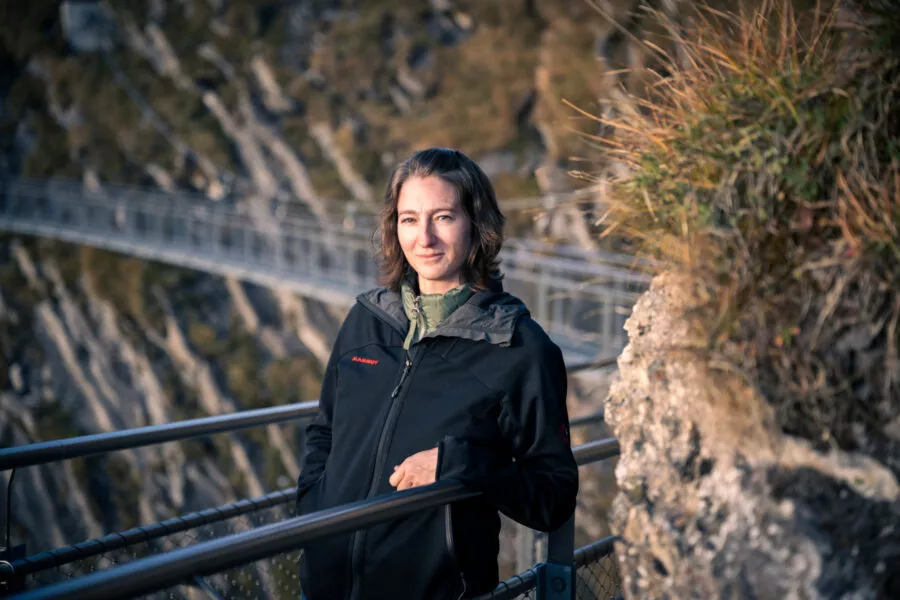
Knowing 100 years from now what we are doing today
A deep geological repository does not require marking and documentation to remain safe in the long term. However, Swiss law requires that the repository be marked and documented. This also makes sense from an ethical point of view, which is why Nagra takes the issue seriously and follows global research on the topic.
According to conclusions drawn from the Records, Knowledge and Memory workshop of the OECD’s Nuclear Energy Agency, one relevant tool will be a key information file (KIF). In Sweden, an initial draft exists and is currently being reviewed by external bodies. It was developed on behalf of the Swedish waste management organisation SKB at Linköping University. There, Anna Storm and Thomas Keating are researching the “nuclear memory project”. In their July newsletter, Keating wrote that the major challenge of a KIF is the readability and comprehensibility of the information: “Making the KIF readable is a task that requires theoretical and artistic methods as well as linguistic and scientific ones.” This can only be achieved by combining many different approaches. Which brings us back to the toolbox.
“The knowledge must also be widely disseminated,” adds Barbara Habermacher. “In Switzerland, the information will eventually be handed over to the Federal Archives.” Ultimately, this means that the repository has been closed for good, is no longer monitored and has thus been released from the Nuclear Energy Act by the Federal Council. It also makes sense to spread the information both locally and internationally. “The objective is to allow people to make an informed decision in the future.” Knowledge transfer at its finest.
Switzerland’s deep geological repository could be sealed in a little over 100 years from now. The people who will work on the project then will have to know what we are doing today. “In the past, the tendency was to keep future civilisations away from the deep geological repository or even to divert them. Today, our intention is to safely transmit today’s knowledge to the next generation”, explains Habermacher. “And maybe we can also initiate processes that will be preserved beyond that.”
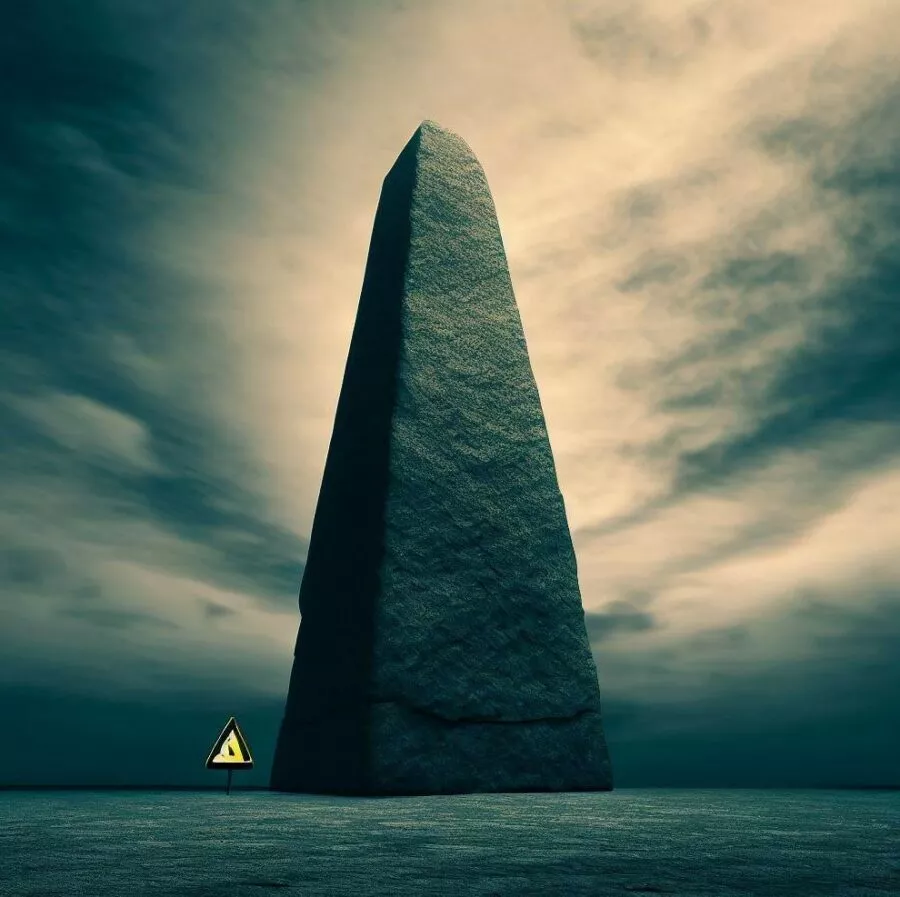
What is the next step?
Barbara Habermacher will now look into how a KIF for Switzerland could be structured. “The document will definitely have to include the most important information such as the repository site and the types and quantities of the waste,” she says, looking ahead.
Nagra is required to submit a concept for permanent marking together with the construction licence application – i.e. by around 2030. There will also be an exchange with Nagra’s partner organisations Andra (France) and SKB (Sweden), who are already working on the creation of a KIF. The involvement of other actors such as authorities and knowledge holders is also being considered. This also would include the local residents, says Barbara Habermacher. “Nagra wants to create a relevant document that is also supported by the local population.”
At present, no one can say with certainty how long the documentation and marking will last. It is quite possible that, despite all efforts, the deep geological repository for radioactive waste will eventually be forgotten. But even if the knowledge does eventually become lost: the radioactive waste will remain safely sealed in the stable rock layers deep underground. Until it no longer poses a threat.
Similar articles
What does Switzerland think about the deep geological repository?
Switzerland is confident that it can realise the project of the century of deep geological disposal. A recent, representative survey shows that acceptance is high across the whole of Switzerland and in the affected region.
